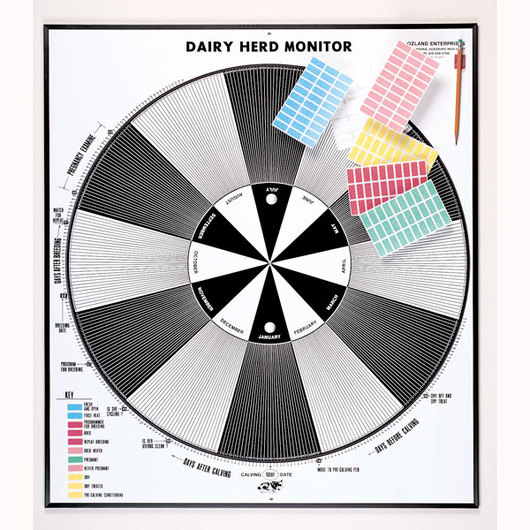By George Aine
It is true that the hard climatic and economic times have stretched to hit animals even harder since the cost of managing a herd of animals have gone higher than usual.
This is even worsened by the rapidly changing pasture quality and quantity due to climate change.
However, Dr Tonny Kidega, a senior veterinary specialist in Gulu, reveals that with a dairy herd monitor, a farmer can manage animals systematically at the lowest cost possible to achieve a higher yield.
When things get tough, a farmer ought to consider developing a plan for a new direction which is best achieved through a clearly drawn herd monitor.
According to Dr Kidega, a farmer knows what and when they can expect something per cow.
Advantages of a herd monitor
He says that each farm and its manager have individual needs and factors that need attention at any given time, and this is clearly programmed on the monitor.
“The monitor gives a clear focus on performance indicators and helps a farmer to track daily output, nutrition program, animal reproduction, genetics, animal health and marketing,” he says.
The followings are the breakdown of what a monitor can help a farmer do:
-Daily output (milk yield per cow).
-Nutrition (dry matter intake per cow per day, feed cost per cow per day, cost per ton for feed consumed by the milking herd).
-Reproduction (services per conception, per cent of cows detected in heat by 90 days in milk, pregnancy rate, day’s open, calving interval).
-Heifer rearing (live heifer calves per hundred milking cows per year, percent of heifer calves, born live, that enter the milking herd, rearing cost per heifer, age at first calving).
-Animal health and disease (cull rate from the milking herd, days between mastitis onsets, vet and medicine costs per cow per year, number of lame cow incidents per 100 cows per year).
-Genetics, sales and marketing.
How to get started
A dairy cattle breeder avoids the term ‘profit per cow per year’ but brags in terms of animal records or enterprise performance yet it is profit per cow that covers living costs and provides return on investment.
In that regards therefore, Dr Kidega says that the task of developing a herd monitoring programme for your farm can be daunting but you need to identify the followings;
-While relaxing, note down key areas you feel could be improved on your farm and share with your farm team.
-Make sure you focus on the daily input and output, reproduction and nutrition programme for the herd (by this you will have got the goals you wish to achieve in a given time).
Dr Kidega says “The monitor helps a farmer to know which cows are on heat, calving, fertilised, ready for insemination, lactating or are undergoing treatment,” adding that “it makes it easier to plan or manage costs.”

